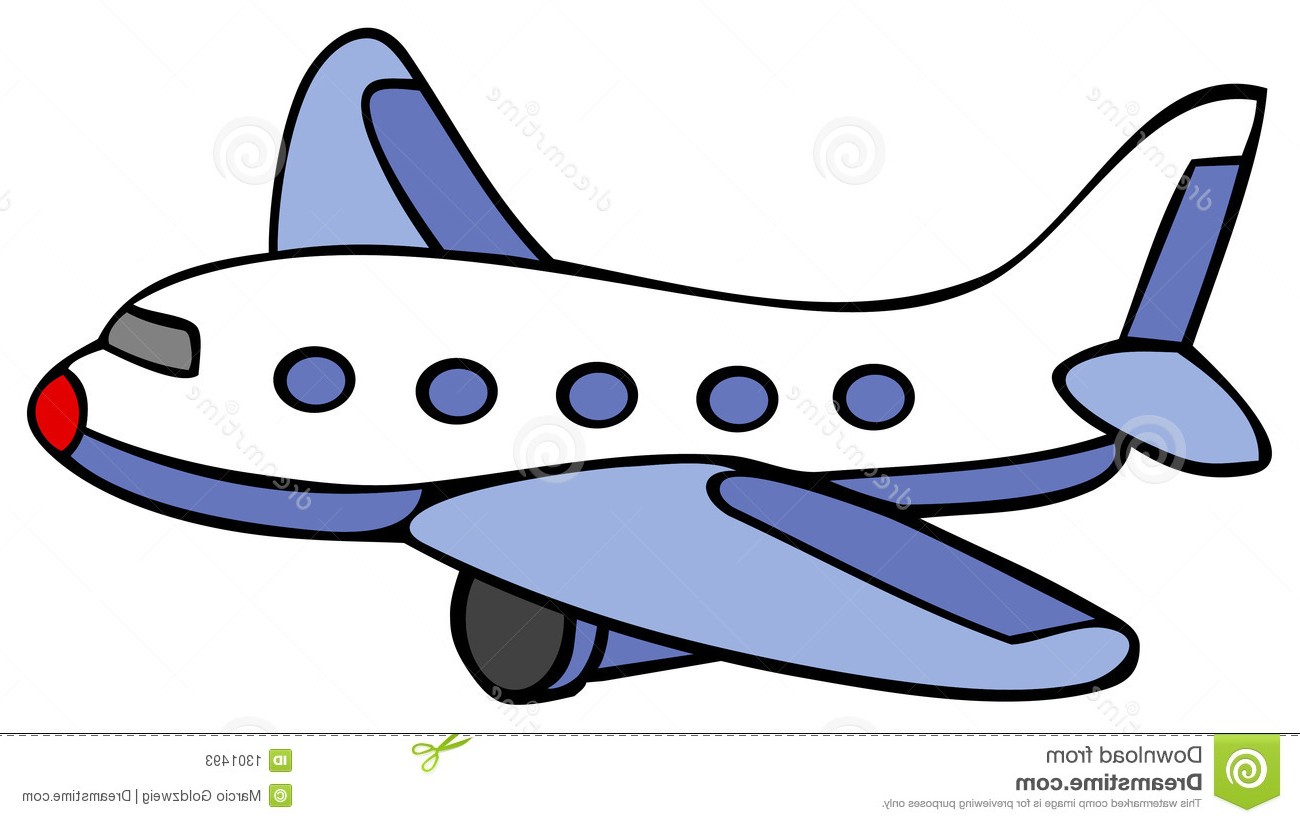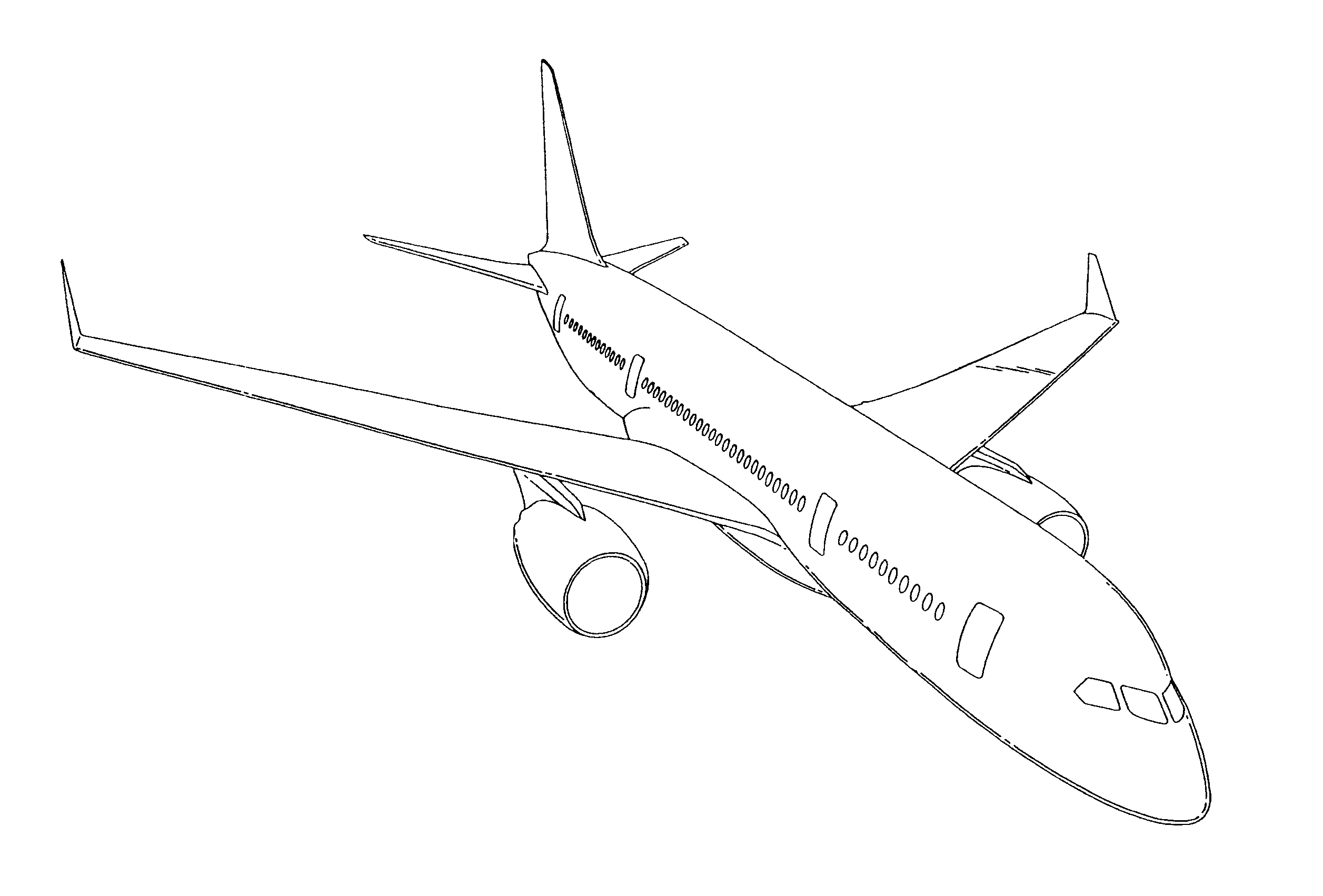

The Servos I used each drew 400mA and I'm using 6 total, so they will draw 2400mA (2.4A) total, which could be more than the ESC's can handle with their internal BEC. I knew this plane would turn out quite large, so I chose to use larger servos, which draw more Amperes. After equating the required spot on the receiver for the BEC (we'll get to that) I went with an 8 channel receiver so I would have plenty of free plugs. This is 5 channels, so I will need at least a 5 channel receiver. For example, I wanted my twin to have Elevator, Ailerons, Rudder, Flaps, and throttle control. I then chose a 40amp ESC (which is quite overkill, I only needed a 25-30Amp ESC, but I wanted it to run cool) for each motor.ĭetermine what controls you want your model to have, and purchase an appropriate Receiver.


So, in all, I will have two 2200mAh batteries on board. I found that with a 2200mAh (2.2Ah) battery, I could get 8.8min of flight time per motor. Using this equation, (Flight Time(min)=Battery Capacity(Ah)/Motor Amp Draw(Amperes)*48) Which takes into account the 80% rule of only discharging your batteries 80% of their capacity. Once you do this, you can then pick an ESC (Electronic Speed Controller) that can handle the Amperage draw of the motor.įor this plane, I used 2 motors that would provide roughly 860g of thrust with a 10x4.7 propeller (1720g total) and draw about 12Amps each.(Info/ Recommended propeller found on motor manufacturers website). Pick a motor and battery that will give you a decent amount of thrust, and fair flight time. You will need to choose what electronics to use for your aircraft.


 0 kommentar(er)
0 kommentar(er)
